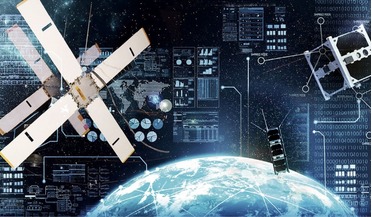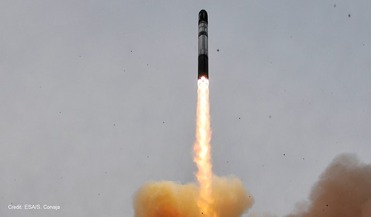 October 2020
Open Source Space
October 2020
Open Source Space
... The open source development model began as a reaction to the ‘closed’ nature of proprietary software The first modern microsatellites, UoSAT-1 and UoSAT-2, were developed in the 1980s by an academic team led by small satellite pioneer Professor Sir...
 April 2018
Future Cubesat swarms pose significant communications challenges
April 2018
Future Cubesat swarms pose significant communications challenges
...’ forecast to increase to 64 percent. SpaceWorks’ projections (see top of p45) show that more than 2,400 nano/microsatellites could be launched in the period up to 2023. The space community is working to reduce the launch cost for nanosatellites...
 July 2019
Stepping into space with STEAM
July 2019
Stepping into space with STEAM
...efforts on asteroid mining to Japanese start-up, Astro Live Experiences, that creates shooting stars on demand using microsatellites, aiming to contribute to scientific research through entertainment. And for the everyday citizen there is the growing...
 March 2015
A boom and a (possible) bust in small spacecraft production
March 2015
A boom and a (possible) bust in small spacecraft production
..., and licensing procedures for space activity are being simplified. Finally, university teams that eventually become microsatellite businesses are not very common. Despite a significant amount of more or less widely broadcast announcements, there are...
 October 2015
Russian business: a long road to the stars for private space initiative
October 2015
Russian business: a long road to the stars for private space initiative
...’s OneWeb, as well as Google, Fidelity and SpaceX. Yaliny will deliver low-cost internet using 135 microsatellites and 9 reserve microsatellites. It’s headed up by Russian businessmen Vadim Teplyakov and Nikita Sherman, based in Hong Kong, and has...
 February 2018
Growth drivers, requirements and threats in the smallsat industry
February 2018
Growth drivers, requirements and threats in the smallsat industry
... Kibo module on the ISS. Intended to observe Earth and monitor climate changes, this was the first microsatellite owned by the Philippine government that involved Filipino engineers in the development. It is estimated that 80 percent of global space...